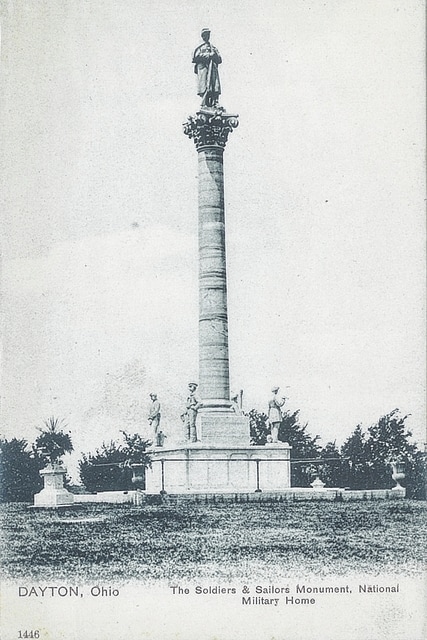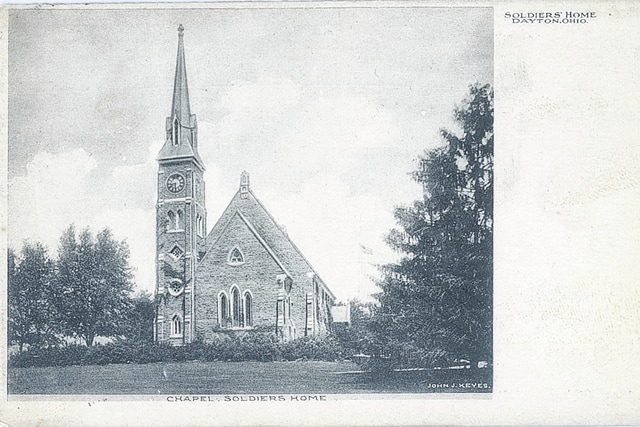


The Soldiers Home System, developed at the end of the Civil War, was a healing nation’s idea to preserve the quality of life for veterans, and one local resident recently spoke on this topic.
On Friday, Sept. 18, retired Washington High School social studies teacher and avid historian, Paul LaRue, traveled to Westerville to present a brief history for the 150th anniversary of the Soldiers Home System created in Dayton. According to LaRue, the presentation was well attended and he really enjoyed talking on a subject that we continue to struggle with today. The issue of how to properly honor and care for veterans has always been an issue, and the Soldiers Home System was created to house veterans who had no other place to go.
“When the Civil War ended in the spring of 1865 there was a huge concern of what to do with all of these veterans, with an emphasis on the 2.2 million Union soldiers that was made up of about 10 percent African-Americans and 25 percent that were foreign-born,” LaRue said during an interview Monday. “One of the last few things that (President) Lincoln was able to sign before he was assassinated was to create the home system that would be built and developed over the next two years.”
The Soldiers Home System was designed as a way to help house veterans who suffered injury, or did not have another place to go after the Civil War. For example if the veteran was a freed slave who fought but had no family or home, and even immigrants who traveled here from Ireland, Germany or other European countries might not have had family in the states yet. Throughout its life, the Dayton home system became the largest around the country.
“It is very interesting to see that many of these issues that we were facing then are still an issue today,” LaRue said. “Veteran homelessness is still an issue today, with the government estimating that about 50,000 U.S. veterans are homeless. The answer they came up with then might not have been the answer, but it is interesting to me to see the similarities between the country 150 years ago and the country now.”
Currently, the Dayton V.A. is on the grounds where the home system was built. The area now is also used as a cemetery and houses nearly 50,000 graves. According to LaRue, it is similar to a mini-Arlington, the national cemetery in Washington D.C.
“It is always just nice to get out and speak on historical issues and to help honor this momentous occasion for the wonderful folks there,” LaRue said.




